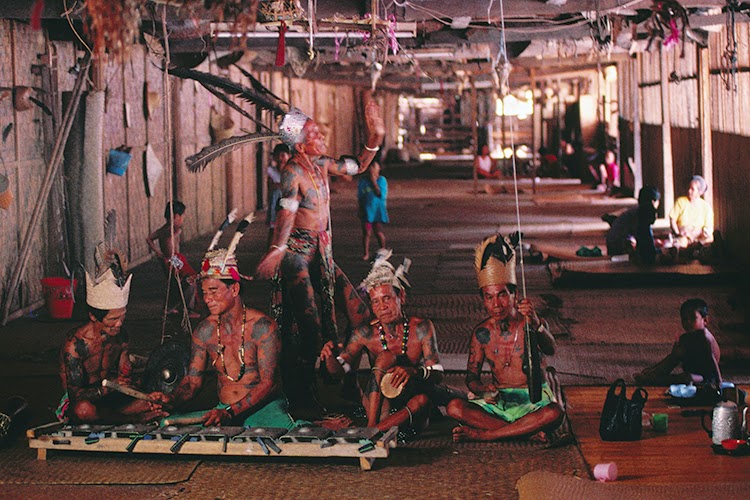It wasn’t so long ago that a ‘being a headhunter’ didn’t mean working in recruitment… Alanna Rebecca discusses the traditions and customs of the Iban tribe, fearsome and ferocious warriors from Malaysian Borneo.
The Iban tribe are a denomination of the Dayaks, the native people of Sarawak and the dominant ethnic group in Malaysian Borneo. These people make up 30% of Sarawak’s population and can also be found in neighbouring Indonesia.
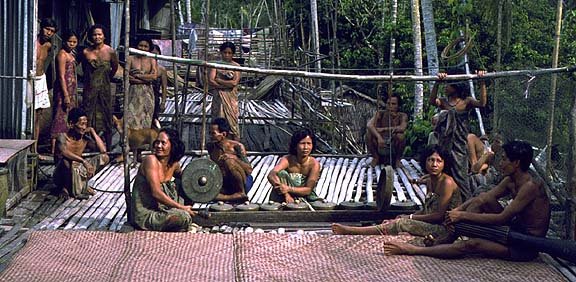
With a furious nature and abilities to survive and fight in marine environments, plus a history as pirates and fishermen, the British referred to them as ‘Sea Dayaks’ during the colonial period. Nowadays, though, they are referred to as their original names, Iban.
Headhunting
The Ibans were the greatly-feared headhunters of Borneo. Headhunting among the tribe is believed to have begun when the land inhabited by the Ibans grew into over-population and confrontation was an inevitable requirement for survival. It is believed than many competing groups and tribes were either wiped out or forced to go into exile because of the Ibans’ reputation for fierce and grisly fighting.
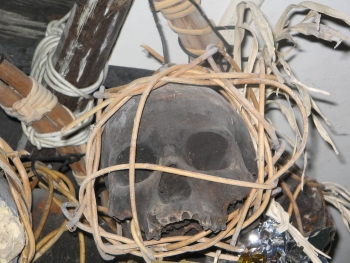
During times of war, the Iban would send warriors out of their longhouse homes into the rainforests of Borneo.
Usually they would be away for a considerable length of time following and chasing enemy Dayak or Bidayuh tribes.
If they were triumphant in fight, they would decapitate their dead foes as a ritual indication of triumph.
These heads would be hung around the longhouse to demonstrate the Dayaks’ dominance. The tribespeople believed that the power and strength of the individual they had executed would be acquired by the men of that longhouse.
The practice was seen to display strong elements of masculinity, and men who had a fierce reputation as headhunters were considered highly desirable for marriage.
When headhunting was prevalent, the longhouse was seen as a defensive unit, with skulls hung in the main room for protection. Today, headhunting remains but more as a ritual symbol – a reminder of the culture.
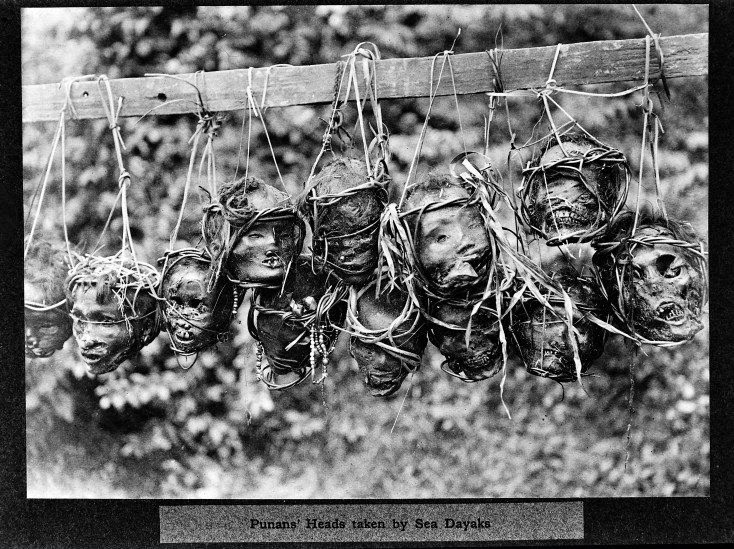
The ban on headhunting by Brooke
Sir James Brooke, the first White Rajah of Sarawak, put a ban on headhunting in the 1800s. Some rumours say that the Brooke government officially disapproved headhunting (“ngayau” in Iban) when it was in order to defy the Rajah, yet permitted it when the government stood to benefit from it.
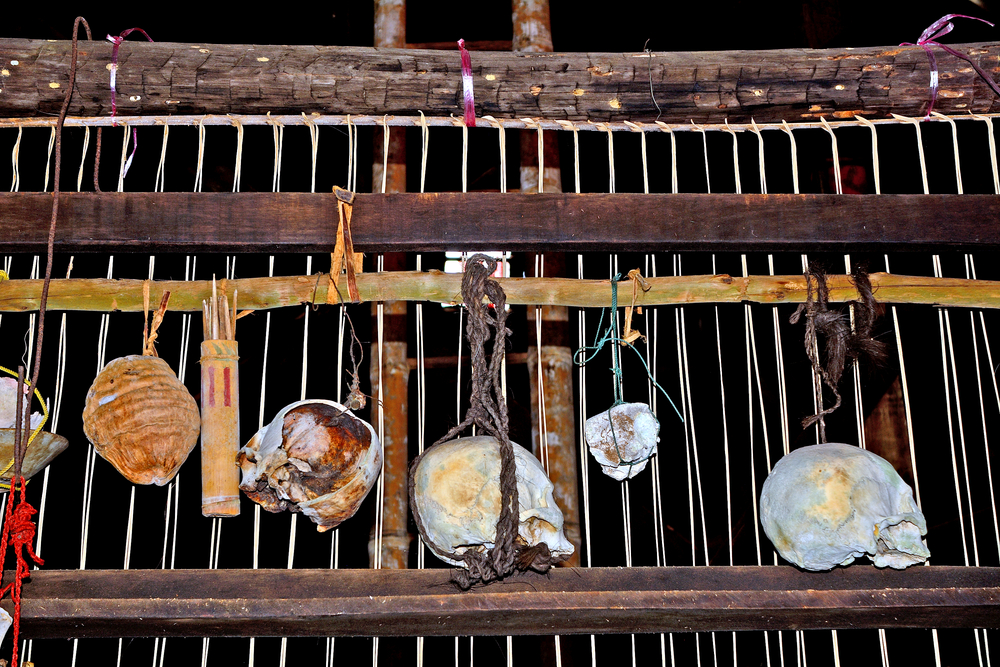
In the past, the Ibans recognised status hierarchy such as raja berani (the rich and the brave), orang mayuh (ordinary people), and ulun (slaves). However, during the Brooke era, Iban society was restructured into formal offices such as tuai rumah (headman), penghulu (regional chief), and temenggong (paramount chief).
The locals who helped to support Brooke’s reforms were exempted from paying taxes to the government and it is thought that, at this point, the practice started to die out.
Nowadays, many believe headhunting is a thing of the past – however, it is said that there are still instances of intra-tribal and inter-tribal headhunting deep in the jungle.
Rentap, Sarawak’s warrior hero
The most well known Iban warrior against the Brooke government was Libau Anak Ningkan, otherwise known as Rentap. “Rentap Tanah, Runtuh Menua” translates to “Earth-Tremor, World-Shaker” in the Iban language.
Rentap was opposed to the Brooke administration in Sarawak and did everything in his power to rally the local tribes and fight against the White Rajah.
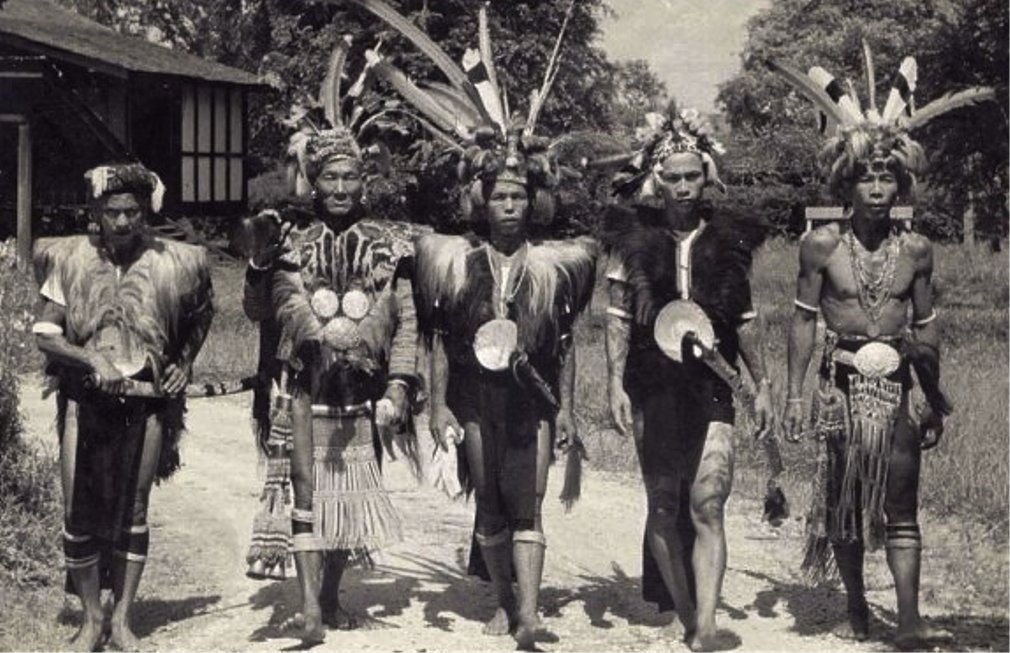
Twice the British attempted to to take Rentap’s fort at Bukit Sadok (Sadok Hill) and twice they failed, the second time around by the Borneans that ended with Libau Rentap mocking the visitors and saying:
“Bring all your fire guns from England; we are not afraid of you.”
However, the government succeeded on the third attack. The British hiked up the mountain with a twelve-pound brass cannon named “Bujang Sadok” (the Sadok Bachelor) and destroyed much of Rentap’s fortifications. The story goes that the blast killed one of Rentap’s gunners, whose blood soaked into the Bornean’s gunpowder reserves, putting their own weaponry out of action.
Rentap, having lost the battle, managed to escape the fort with the few remaining survivors. He moved around and eventually, in his old age, died in a place called Ulu Wak, Pakan, which seems fitting as one of his other names was “Raja Ulu” (King of Upriver). Rentap’s remains were laid to rest in a tomb, which is still intact and found in Pakan.
The practice of headhunting has mostly ceased except for tribes still living deep in the forests, and the stories and history still live on in museums.
"ExpatGo welcomes and encourages comments, input, and divergent opinions. However, we kindly request that you use suitable language in your comments, and refrain from any sort of personal attack, hate speech, or disparaging rhetoric. Comments not in line with this are subject to removal from the site. "


